AI Insights: How AI Is Transforming Education (Personalized Learning at Scale)
Posted by: Abhijith | Posted On: October 31, 2025 | 5 min read | 0
Introduction
Education is undergoing a profound shift — one that mirrors the broader digital transformation happening across industries.
Artificial Intelligence (AI) is at the heart of this change, driving a move from standardized instruction to personalized learning experiences tailored to each student’s strengths, pace, and preferences.
From adaptive tutoring systems to predictive analytics for student success, AI is making education more inclusive, data-driven, and effective.
The Evolution of Learning
Traditional education models have long relied on uniform teaching methods — one curriculum, one pace, one assessment style.
But every learner is different. Some grasp visual explanations better, others learn by practice or simulation.
AI brings flexibility through data and personalization. By analyzing learning patterns, it helps teachers adapt content dynamically, identify gaps early, and recommend the right resources at the right time.
This shift marks the evolution from “teaching at scale” to “learning at scale.”
Core Areas Where AI Is Transforming Education
1. Personalized Learning Pathways
AI-driven platforms can assess each student’s knowledge level and dynamically recommend topics to study next.
For example:
- Khan Academy’s AI tutor adapts math exercises to individual progress.
- Coursera’s recommender systems suggest courses based on performance and career goals.
This allows every learner to have a custom curriculum, rather than a one-size-fits-all syllabus.
2. Intelligent Tutoring Systems (ITS)
AI-powered tutoring systems simulate the experience of one-on-one instruction.
These systems can:
- Diagnose misconceptions in real-time.
- Provide instant feedback and hints.
- Adjust difficulty dynamically based on performance.
Examples include Carnegie Learning’s MATHia and Squirrel AI Learning, both of which leverage reinforcement learning models to optimize instruction.
3. Automated Grading and Assessment
AI can evaluate assignments, essays, and quizzes with remarkable accuracy.
Natural Language Processing (NLP) models like OpenAI’s GPT-based systems or Google’s AutoML can assess writing coherence, argument structure, and even creativity.
This reduces teacher workload and provides faster feedback loops for students — especially in large-scale online classrooms.
4. Predictive Analytics for Student Success
By analyzing attendance, test results, and behavioral data, AI systems can predict which students are at risk of falling behind.
Educators can then intervene proactively, offering tailored support.
For instance, universities using AI-enabled learning management systems (LMS) have reported significant improvements in retention rates and overall student engagement.
5. Content Generation and Enhancement
AI can automatically generate quizzes, reading summaries, and visual explanations.
Tools like Quizlet’s AI Flashcards and ChatGPT-based study assistants enable teachers to scale content creation effortlessly.
This saves educators hours of repetitive preparation and ensures updated, context-aware learning materials.
6. Accessibility and Inclusivity
AI makes education more accessible to learners with disabilities:
- Speech-to-text tools help hearing-impaired students.
- Real-time translation enables multilingual classrooms.
- Text summarizers and voice narrators assist learners with reading difficulties.
Through inclusive design, AI ensures no student is left behind.
Scaling Personalized Learning
At scale, personalization is complex — every learner generates unique data.
AI handles this through:
- Recommendation algorithms that cluster learners with similar patterns.
- Knowledge graphs that map concepts and learning dependencies.
- Reinforcement learning that continuously adjusts learning difficulty and content flow.
Cloud-based AI platforms like AWS SageMaker, Google Vertex AI, and Azure ML make it possible to run adaptive models serving millions of students simultaneously.
This is where AI turns from classroom assistant to global learning infrastructure.
The Role of Educators in the AI Era
Contrary to fears of automation, AI doesn’t replace teachers — it augments them.
Educators remain essential for context, empathy, and mentorship — qualities AI cannot replicate.
With AI handling repetitive or analytical tasks, teachers can focus on:
- Deeper conceptual teaching
- Emotional and social learning
- Guiding project-based learning and creativity
The best outcomes occur when human expertise and AI intelligence work together in balance.
Ethical and Privacy Considerations
With data-driven personalization comes responsibility.
Educational institutions must ensure:
- Data privacy and consent for students.
- Algorithmic transparency to avoid bias.
- Ethical use of analytics to support learning, not surveillance.
Frameworks like GDPR, FERPA, and AI ethics charters from UNESCO and IEEE provide global guidelines for responsible AI in education.
The Road Ahead
The next wave of innovation will bring:
- AI teaching assistants integrated into every digital classroom.
- Virtual reality (VR) learning environments powered by adaptive AI models.
- Real-time emotional recognition to gauge student engagement.
These developments signal a future where education becomes fluid, immersive, and lifelong — personalized not just to who you are, but how you learn best.
Conclusion
AI is not just enhancing education — it’s redefining it.
By blending personalization, automation, and data intelligence, we can make learning more human than ever before — tailored, inclusive, and scalable.
In the coming decade, the true measure of AI in education will not be its complexity, but its ability to empower every learner to reach their full potential.
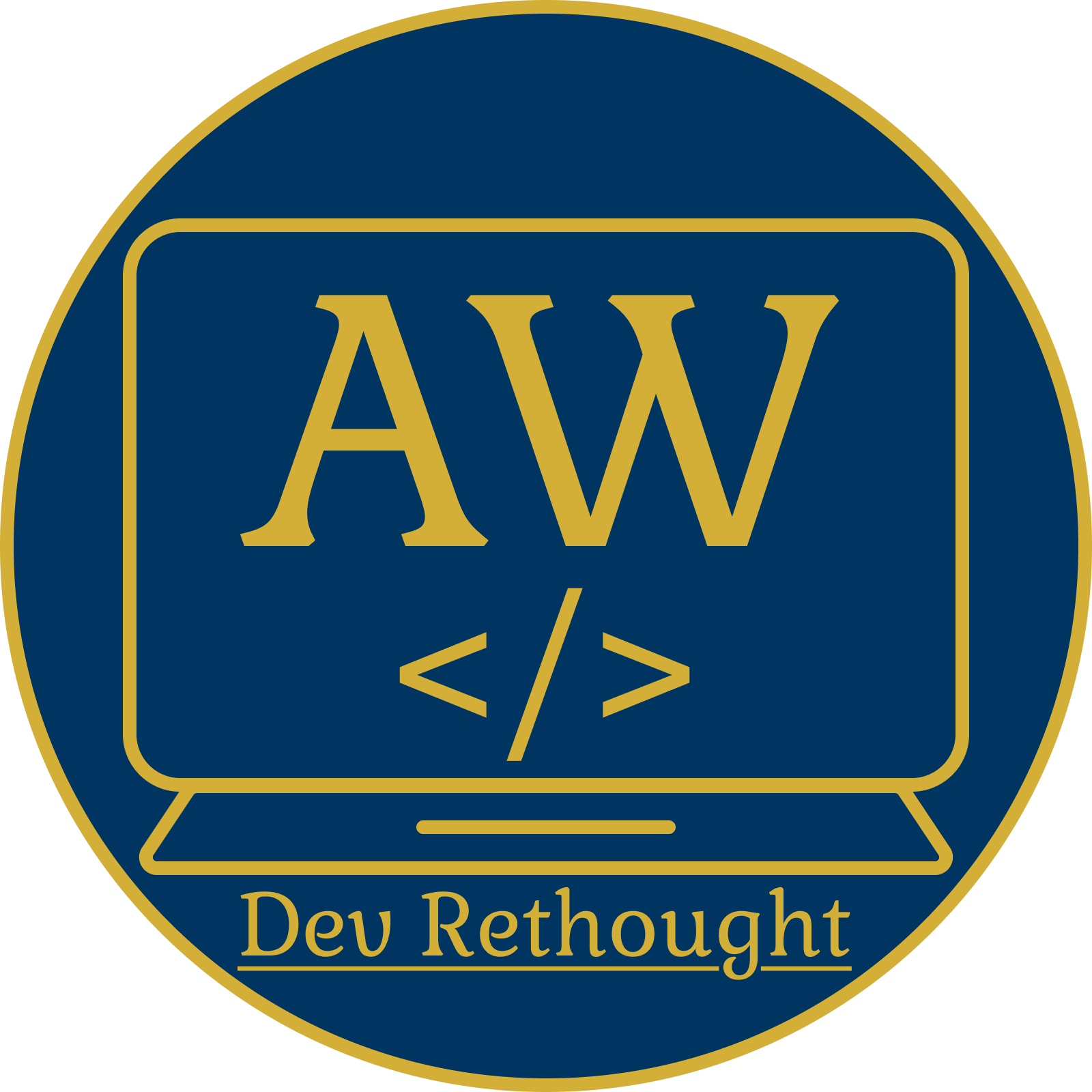
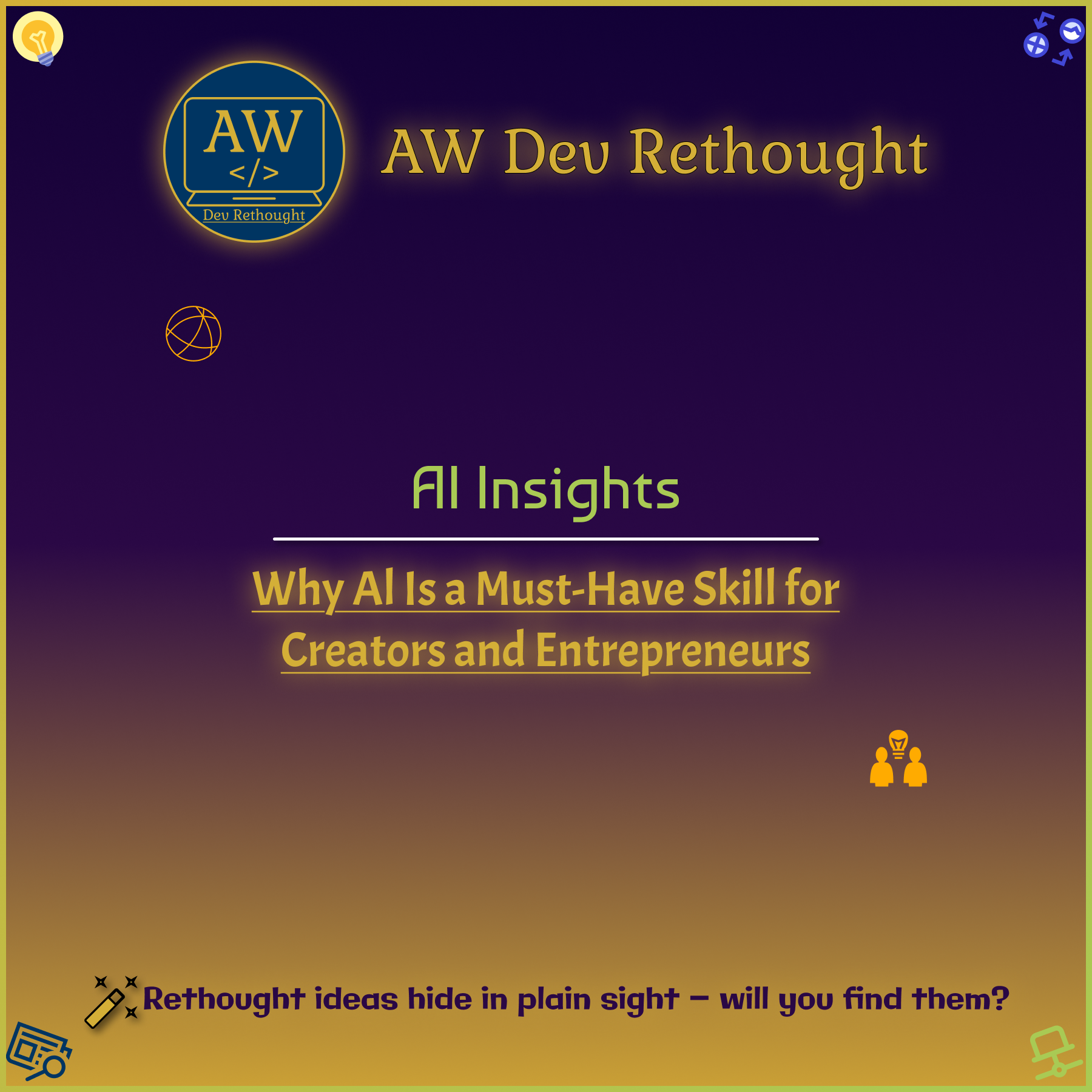
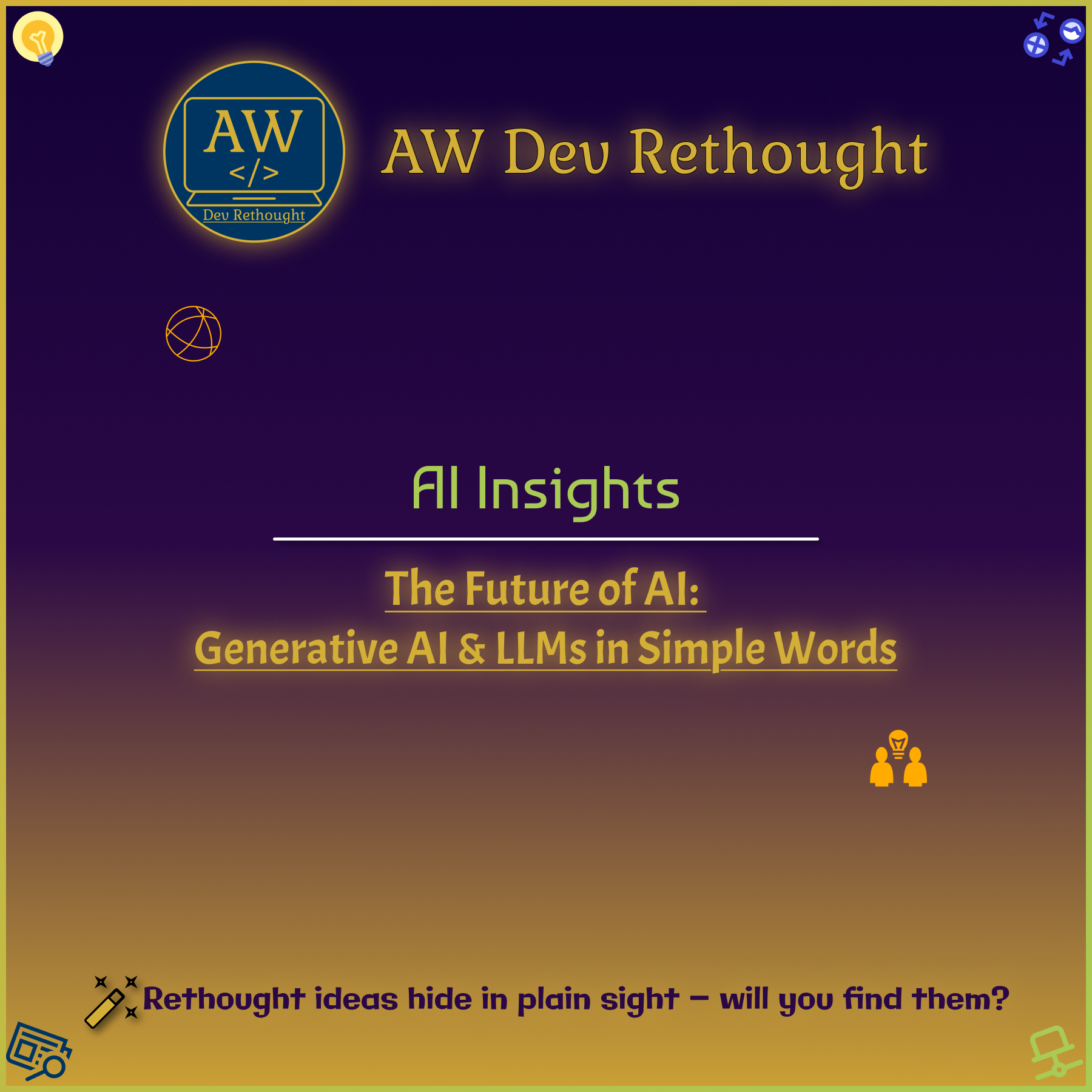
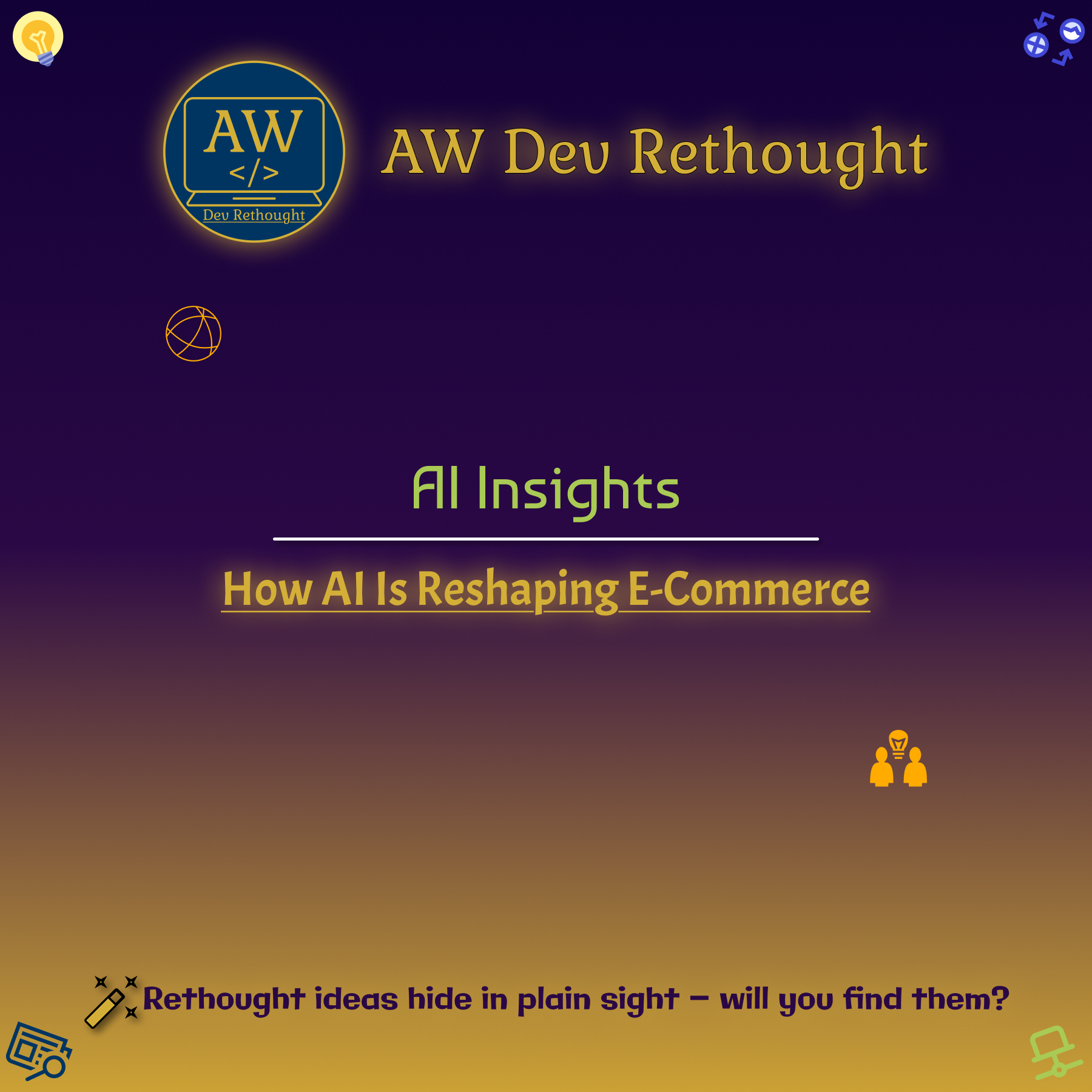
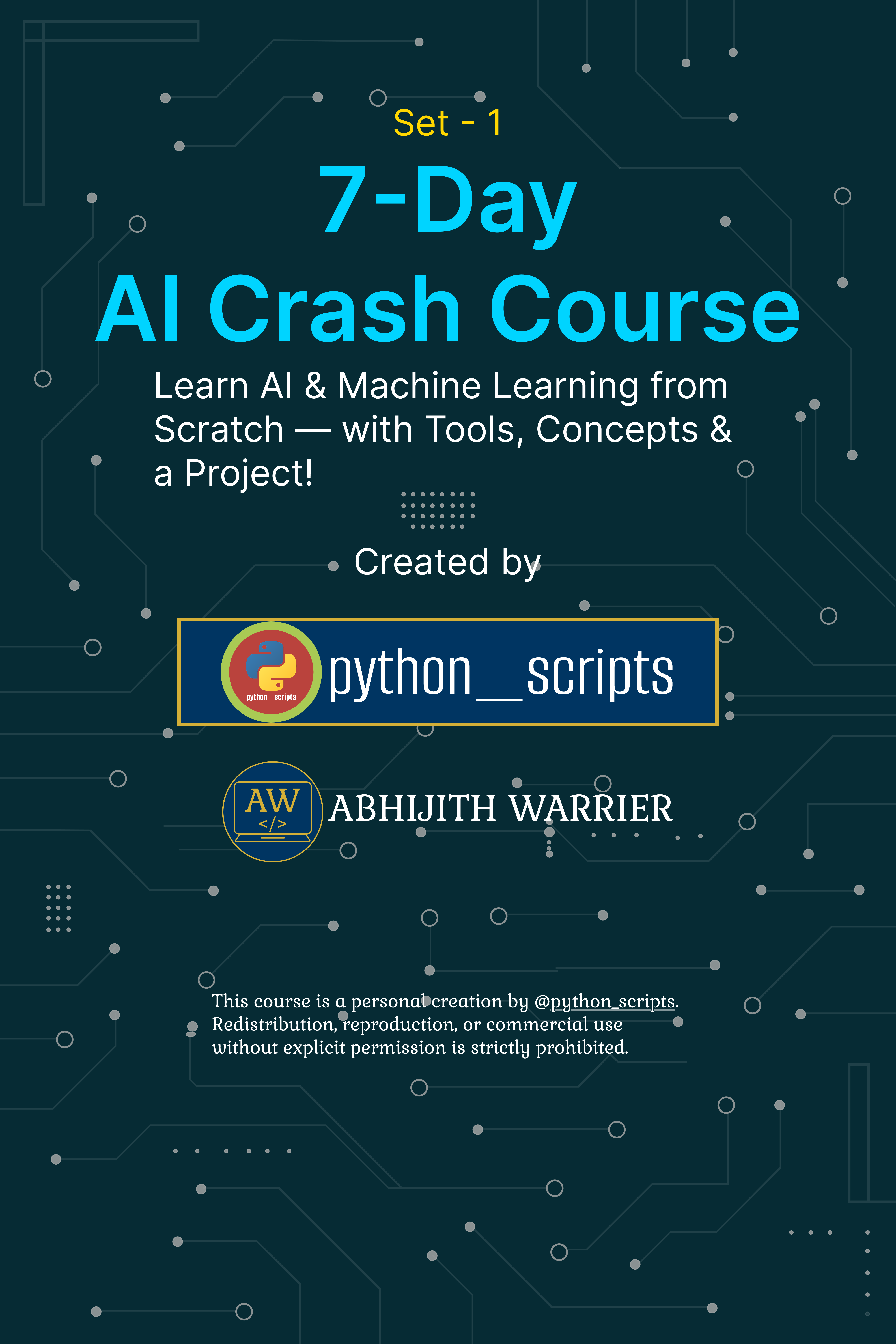
No comments yet. Be the first to comment!